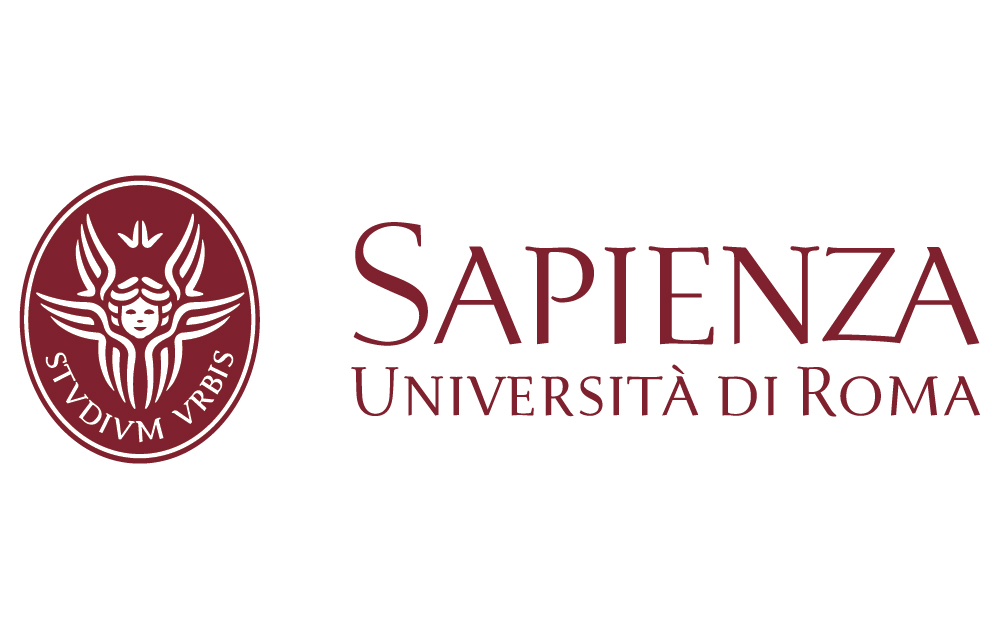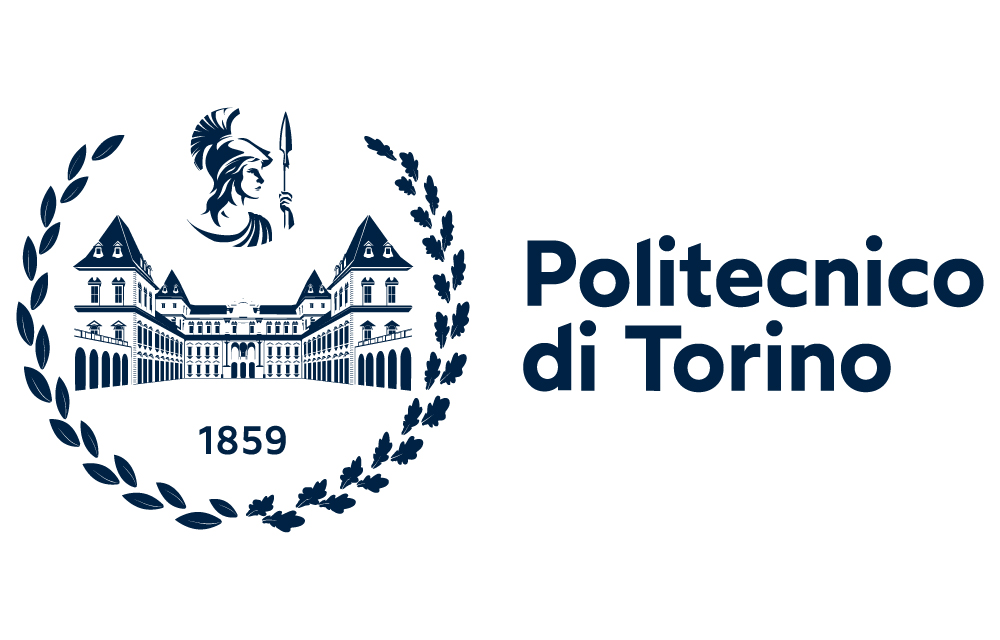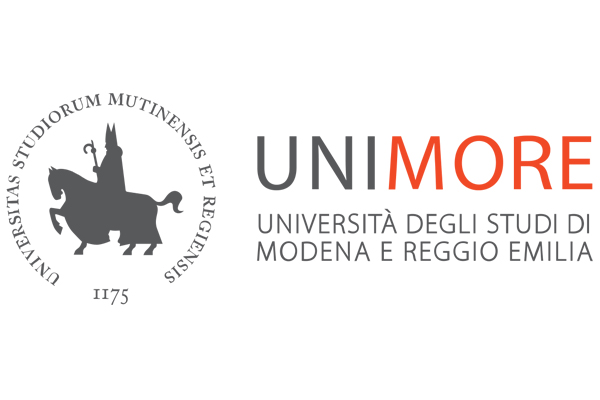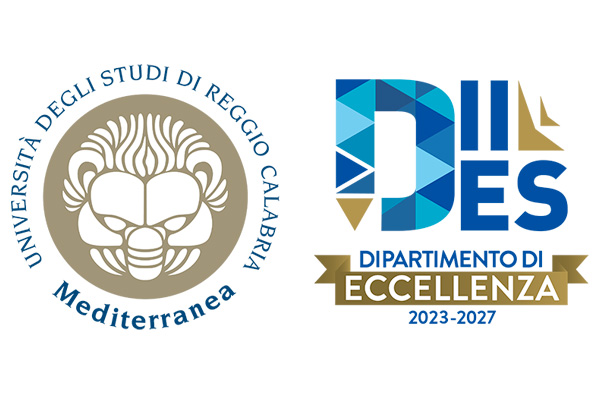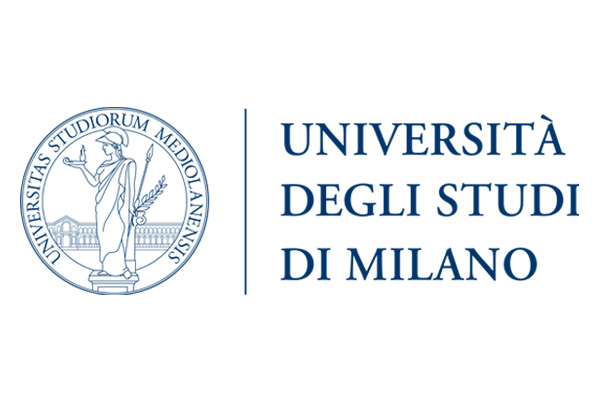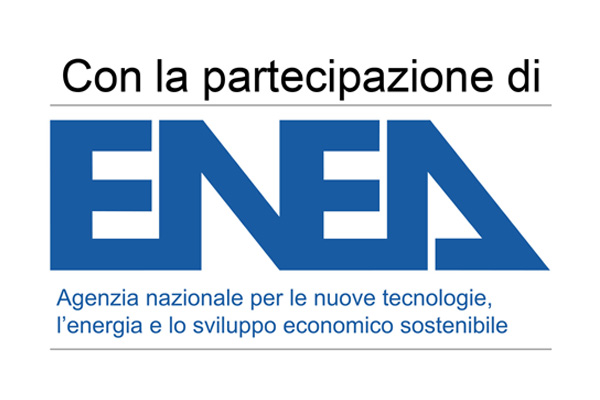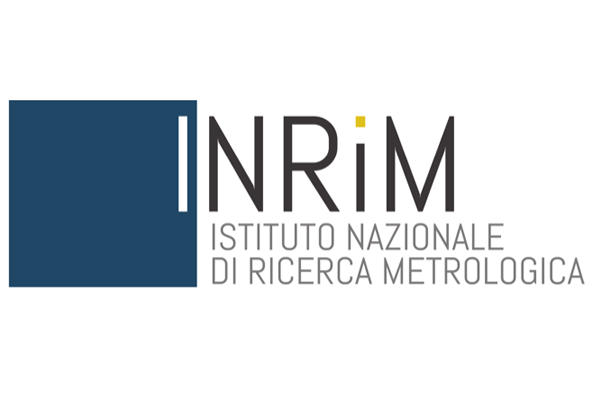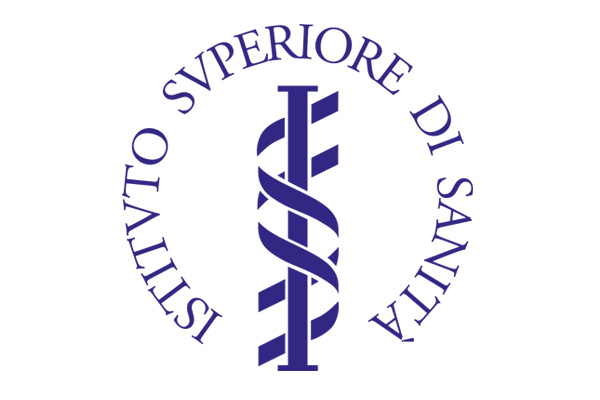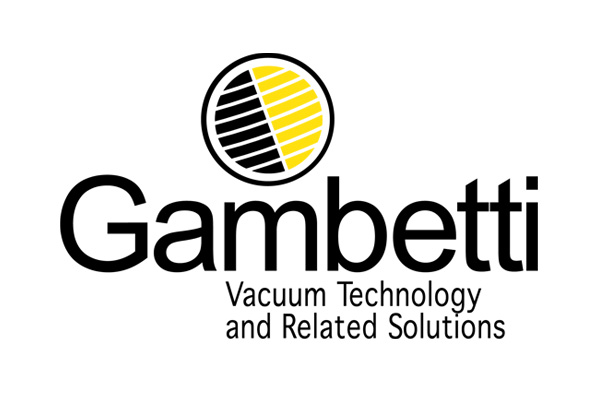updated on July 5, 2024
|
JE.I THE EMERGING ROLE OF EXTRACELLULAR VESICLES IN REPRODUCTION: September 11 |
||||
| Chairs: Emily SCHIFANO, Sapienza University of Rome, Annalisa RADEGHIERI & Alice GUALERZI, EVita and Luciana DINI, Sapienza University of Rome | GEI-SIBSC | ||||
| In collaboration with | ||||
 |
 |
 |
||
| Extracellular vesicles (EVs), that are produced from all cells that have been studied to date, are membrane- bound complexes secreted from cells under both physiological and pathological conditions. EV research is a rapidly evolving and expanding field, and it appears that all biological fluids contain very large numbers of EVs. EVs act as messengers for cell–cell communication and signalling due to their cargo, containing proteins, nucleic acids and lipids; recently they are also known to have roles in several reproductive processes. Although predominantly studied in mammals, extracellular vesicles are ubiquitous across metazoans. Research in non-mammalian models is critical for fully elucidating EV biology. Studies across diverse non-mammalian species reveal both highly conserved and uniquely adapted aspects of EV biology. From vertebrates to invertebrates, common themes emerge regarding EVs mediating immune regulation, tissue homeostasis, regeneration, and developmental signaling. Conserved EV biogenic pathways underlie EV release from Hydra to zebrafish. This workshop is aimed to discuss the role of EVs throughout reproduction (not only in humans), starting with the paternal and maternal gametes, followed by the establishment and continuation of successful pregnancies, with focus on the interaction of EVs with the maternal immune system and in various reproductive promotion and disorders. Additionally, we will explore how these concepts, well-documented in higher systems, are also relevant in less complex organisms, providing a broader understanding of EV function across different species. |
||||
| September 11 | ||||||||
| 09:00 - 10:30 Animal reproduction and the role of extracellular vesicles - part. I JE.I.1 - TT.I.A |
||||||||
| Chairs: Annalisa RADEGHIERI, EVita & Luciana DINI, Sapienza University of Rome | GEI-SIBSC | ||||||||
| JE.I.1.1 TT.I.A.1 |
Carlos SALOMON University of Queensland, Australia Title to be defined |
 |
||||||
| JE.I.1.2 TT.I.A.2 |
Maurizio ZUCCOTTI - CV University of Pavia Cumulus cells release extracellular vesicles containing microRNAs their potential |
 |
||||||
| JE.I.1.3 TT.I.A.3 |
Giulia FIORENTINO - CV University of Pavia Human cumulus cells-derived EVs and their role in the acquisition of the oocyte developmental |
 |
||||||
| 11:30 - 13:00 Animal reproduction and the role of extracellular vesicles - part. II JE.I.2 - TT.II.A |
||||||||
| Chairs: Emily SCHIFANO, Sapienza University of Rome & Alice GUALERZI, EVita | ||||||||
| JE.I.2.1 TT.II.A.1 |
Paola VIGANÒ - CV Polytechnic University of Milan Embryo-derived EVs and their involvement in implantation |
 |
||||||
| JE.I.2.2 TT.II.A.2 |
Speaker to be defined Animal models for the study of EVs in reproduction |
 |
||||||
| JE.I.2.3 TT.II.A.3 |
Emily SCHIFANO - CV Sapienza University of Rome Extracellular vesicles in Caenorhabditis elegans reproduction |
 |
||||||
| 14:00 - 15:30 Extracellular vesicles in reproduction - promotion and disorders JE.I.3 - TT.III.L |
||||||||
| Chairs: to be defined | ||||||||
| JE.I.3.1 TT.III.L.1 |
Felipe VILELLA MITJANA - CV INCLIVA Carlos Simon Foundation, Spain Materno-Fetal Crosstalk. The First Lullaby |
 |
||||||
| JE.I.3.2 TT.III.L.2 |
Stefania BIFFI - CV IRCCS Burlo Garofolo Extracellular vesicles as biomarkers in endometriosis and reproductive diseases |
 |
||||||
| JE.I.3.3 TT.III.L.3 |
Fabrizio FONTANA - CV University of Milan Unraveling the role of extracellular vesicles in ovarian cancer stroma |
 |
||||||
| JE.I.3.4 TT.III.L.4 |
Stefano TACCONI - CV Carmen Laboratory, France Lipotoxicity: a new role of lipid cargo in Extracellular Vesicles biology |
 |
||||||
| Go to Plan 11 September | |||

